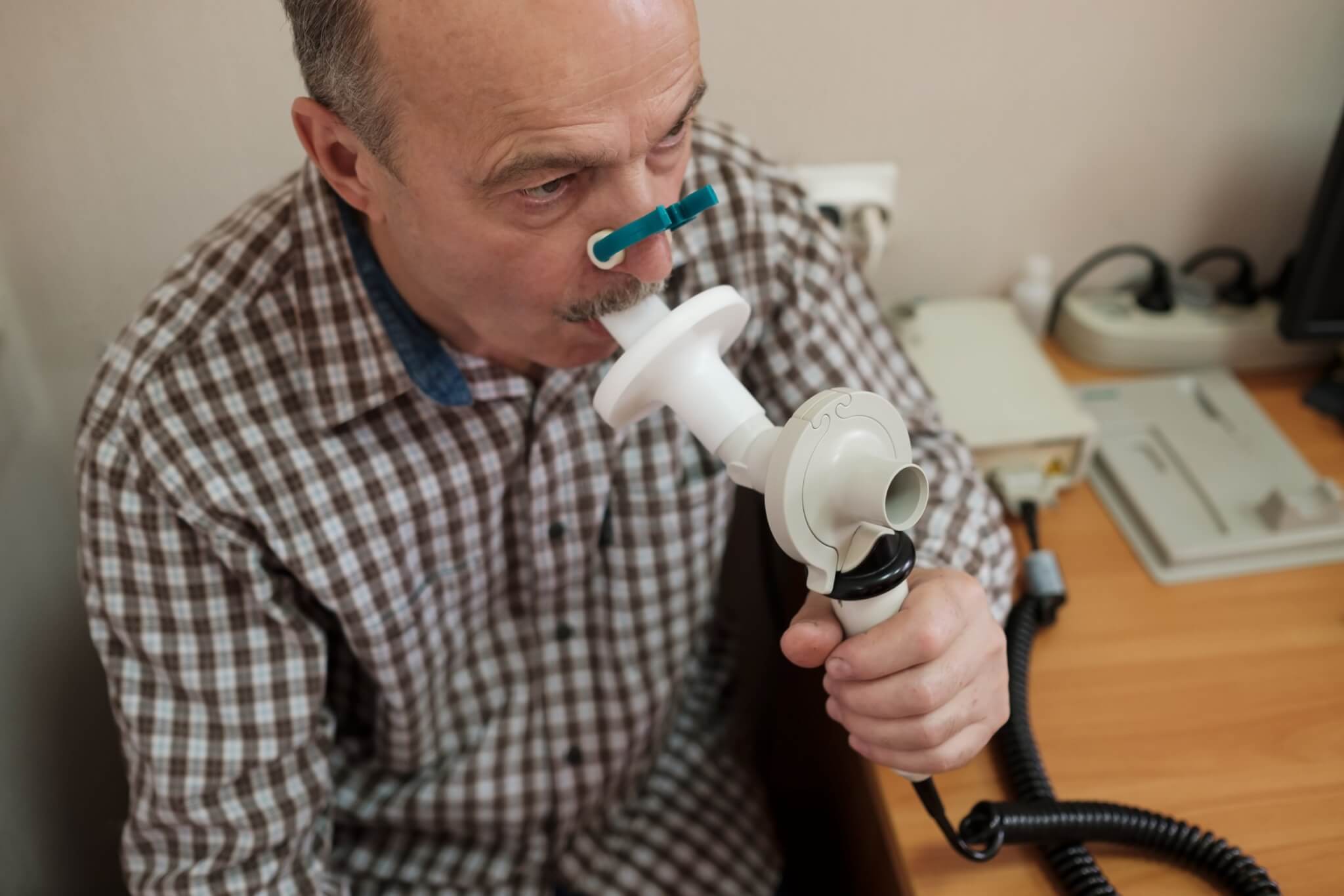Cardiovascular & Respiratory Health
How can we help you to live better
Common Cardiovascular Conditions
Common cardiovascular conditions are diseases that affect the heart and blood vessels. These include:
- High Blood Pressure (Hypertension)
- Coronary Artery Disease (CAD)
- Heart Failure
- Stroke
- Arrhythmias
- Peripheral Artery Disease (PAD)
- Heart Valve Diseases
- Congenital Heart Defects
- Cardiomyopathy
- Aortic Aneurysm
Each of these conditions affects cardiovascular health in unique ways but often shares common risk factors, such as high cholesterol, smoking, obesity, physical inactivity, and diabetes. Early detection and preventive care are key to managing these conditions.
Common Respiratory Conditions
Respiratory conditions affect the lungs and airways, leading to difficulties in breathing and oxygen exchange. Below are some of the most common respiratory conditions:
- Asthma
- Chronic Obstructive Pulmonary Disease (COPD)
- Pneumonia
- Tuberculosis (TB)
- Influenza (Flu)
- Bronchitis
- Lung Cancer
- Pulmonary Embolism (PE)
- Sleep Apnoea
- Interstitial Lung Diseases (ILDs)
Respiratory conditions can reduce oxygen supply to the body, causing fatigue, reduced physical capacity, and complications in other organs. Many are preventable or manageable through early detection, proper treatment, and lifestyle changes, such as avoiding smoking, reducing pollution exposure, and staying physically active.



Benefits of Exercise for Heart and Lung Health
Regular physical activity has profound benefits for cardiovascular and respiratory health. It strengthens the heart and lungs, improves circulation, and reduces the risk of chronic diseases. Here’s how:
- Improved Cardiac Efficiency
- Lower Blood Pressure
- Cholesterol Balance
- Enhances Lung Function
- Improved Oxygen Exchange
- Stronger Respiratory Muscles
- Clears Airways
- Heart Disease Prevention
- Stroke Prevention
- Enhances Circulation
- Increases Blood Flow
- Promotes the growth of New Blood Vessels
- Boosts Immune System and Reduces Inflammation
Exercise not only improves the overall functionality of the heart and lungs but also reduces symptom severity and enhances quality of life.
Programs for Heart and Lung Conditions
Initial Assessment and Personalised Plan
When booking in your initial with an Exercise Physiologist we will ask you to bring along any paperwork or documents in regards to your condition. In the session, we will go over that medical history, do a physical assessment to see where you are currently sitting, and then set out a plan going ahead tailored to you
Safe and Adaptable Exercises
- Aerobic (Cardio) Exercises like: walking, Cycling, Swimming, Dancing
- Strength Training Exercises like: bodyweight Exercises, Light Resistance Bands, or Dumbbells
- Breathing Exercises like: Diaphragmatic Breathing, Pursed-Lip Breathing, Yoga Breathing
- Flexibility and Balance Exercises like: stretching routines, Yoga, or Tai Chi
- Low-impact recreational Activities like: gardening, bowling, golf
Why Choose Vector Health Clinic?
Our experienced team of clinicians provides comprehensive services for those suffering from cardiovascular and respiratory conditions, focusing on a range of treatments in state-of-the-art facilities. We offer exercise physiology in Rockhampton, Yeppoon, and Biloela.
